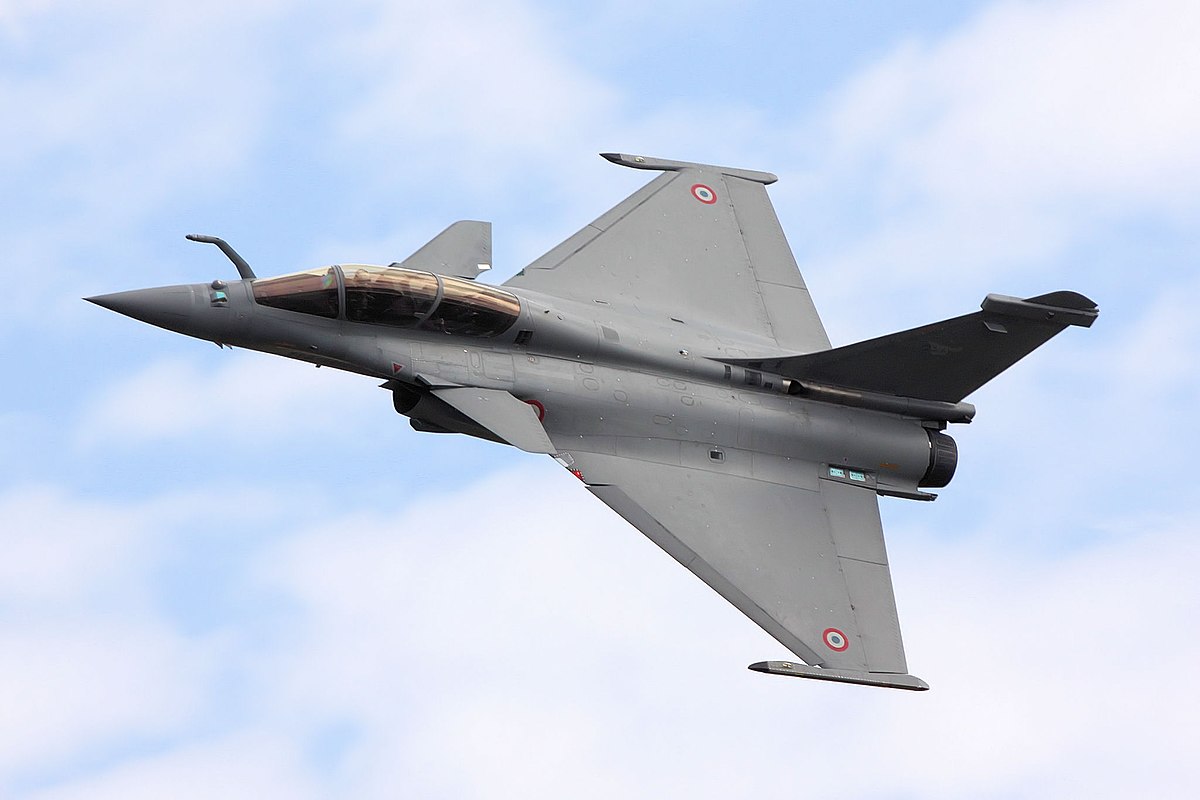Alexander
GA Member
- Oct 11, 2023
- 524

Organisational Structure
The IASF is organised into several key components, each with specific roles and responsibilities:- Air Command (Commandement de l’Air - CA)
- Operational Air Command (Commandement des Opérations Aériennes - COA): Manages all air operations, including air superiority, ground attack, and support missions.
- Air Defence and Air Operations Command (Commandement de la Défense Aérienne et des Opérations Aériennes - CDAOA): Responsible for protecting the airspace of the Empire of France and coordinating air operations within it.
- Global Airlift Command (Commandement du Transport Aérien Mondial - CTAM)
- Strategic Transport Command(Commandement du Transport Stratégique - CTS): Manages all strategic transport operations, in particular the fleet of An-225, An-124, and An-22 strategic transport aircraft.
- Tactical Transport Command (Commandement du Transport Tactique - CTT): Manages all tactical transport operations and provides aircraft for paratrooper operations of the Imperial Army. In particular manages the fleet of C-160NG tactical transport aircraft.
- Space Command (Commandement de l’Espace - CE)
- Space Operations Centre (Centre des Opérations Spatiales - COS): Oversees satellite operations, space surveillance, and the management of space-based assets.
- Space Security and Defence (Sécurité et Défense Spatiale - SDS): Focuses on safeguarding the Empire’s interests in space, including counter-space capabilities and the defence of space infrastructure.
- Strategic Air Forces Command (Commandement des Forces Aériennes Stratégiques - CFAS)
- Manages the Empire’s strategic deterrent forces, including nuclear-capable aircraft and missile systems.
- Support and Logistics Command (Commandement du Soutien et de la Logistique - CSL)
- Provides logistical support, maintenance, and supply chain management for all IASF units and operations.
- Training and Education Command (Commandement de la Formation et des Écoles - CFE)
- Oversees the training of pilots, aircrew, and technical personnel. Manages the Empire’s air academies and specialised training centres.
- Special Operations Air Command (Commandement des Opérations Spéciales Aériennes - COSA)
- Coordinates air support for special operations missions, including reconnaissance, direct action, and personnel recovery.
Operational Capabilities
The IASF’s operational capabilities are divided into several key areas:- Air Superiority and Defence
- The IASF employs advanced fighter aircraft, such as the Dassault Rafale, for air-to-air combat, ensuring control of the skies and protection against enemy air threats.
- Ground-based air defence systems, including surface-to-air missiles and radar installations, provide comprehensive coverage of the Empire’s airspace.
- Strategic and Tactical Bombing
- The IASF maintains a fleet of bombers capable of delivering strategic payloads. Tactical bombers and multirole fighters support ground operations with precision strikes.
- Reconnaissance and Surveillance
- A variety of manned and unmanned aerial platforms conduct intelligence, surveillance, and reconnaissance (ISR) missions to gather critical information and maintain situational awareness.
- Air Mobility and Transport
- Transport aircraft and helicopters facilitate the rapid movement of troops, equipment, and supplies. This capability is essential for both domestic and international operations, including humanitarian missions.
- Space Operations
- The IASF’s space operations involve the launch, control, and maintenance of military satellites for communication, navigation, and reconnaissance. The force also has capabilities for monitoring space traffic and potential threats to space assets.
- Cyber and Electronic Warfare
- Advanced electronic warfare systems and cyber capabilities are employed to disrupt enemy communications, radar, and command systems, ensuring the Empire’s dominance in the electromagnetic spectrum.
Key Bases and Installations
The IASF operates from several key bases and installations across the Empire of France, each serving specialised functions:- Air Base 118 Mont-de-Marsan: A major hub for fighter operations and training.
- Air Base 125 Istres-Le Tubé: Home to strategic bombers and refuelling aircraft.
- Cité de l’Espace, Toulouse: Central location for space command and control.
- Air Base 701 Salon-de-Provence: The primary training base for new pilots and aircrew.
Technological Advancements
The IASF invests heavily in cutting-edge technology to maintain its superiority:- Stealth and Advanced Fighter Jets: Development and acquisition of next-generation fighter aircraft with stealth capabilities and advanced avionics.
- Satellite Technology: Launch and operation of sophisticated satellites for communication, navigation, and earth observation.
- Artificial Intelligence and Cyber Warfare: Integration of AI for enhanced decision-making and robust cyber defence systems to protect critical infrastructure.
International Collaboration and Alliances
The IASF collaborates with allied nations and participates in international coalitions to enhance global security. Key partnerships include:- Bilateral Agreements: Strategic partnerships with other leading air forces around the world for joint training and technology sharing.
Conclusion
The Imperial Air and Space Force of the Empire of France stands as a formidable entity, embodying a blend of traditional air power and modern space capabilities. Its structured approach, advanced technology, and strategic operations ensure that it remains a critical component of the Empire’s defence and global influence. Through continuous innovation and international cooperation, the IASF maintains its position as a leading force in the realm of air and space warfare.
Last edited:














